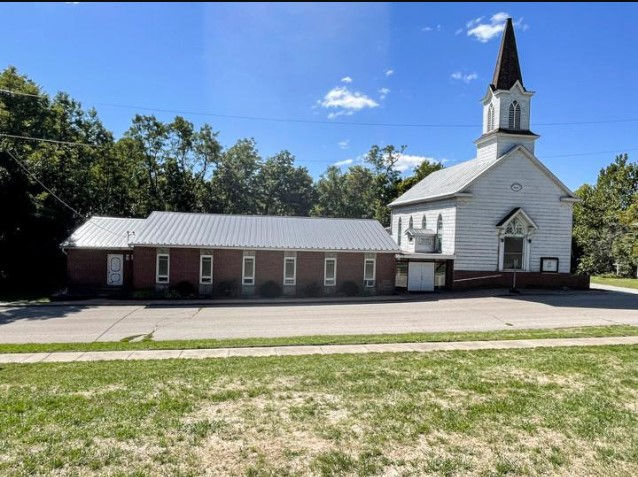King Follett Discourse
- Joseph Johnstun
- Oct 2, 2023
- 2 min read
Updated: Mar 23, 2024
On March 9, 1844, King Follett died in Nauvoo, eleven days after he was injured in a well-digging accident. Follett was among the first converts to Mormonism, and was also a good friend of Joseph Smith’s. While sick and unable to speak at Follett’s funeral, Joseph Smith stated that he wished to give a funeral for him at the Church’s upcoming General Conference. On Sunday, April 7, in the East Grove on north Robinson Street, Smith gave what is considered his greatest sermon.
Now known as the King Follett Discourse, Smith’s purpose was to give mourners hope by expounding on the character of God, the eternity and potential of the soul, and the eternity of relationships with those we
love. Among the key statements are these: “Jesus treads in the tracks of his Father, and inherits what God did before; and God is thus glorified and exalted in the salvation and exaltation of his children.”
“I take my ring from my finger and liken it unto the mind of man—the immortal part, because it has no beginning. Suppose you cut it in two; then it has a beginning and an end; but join it again, and it continues one eternal round. So with the spirit of man.”
“I have a father, brothers, and friends who have gone to a world of spirits. They are only absent for a moment. They are in the spirit, and we shall soon meet again.”
“When we depart, we we shall hail our mothers, fathers, friends, and all whom we love, who have fallen asleep in Jesus.”
“Will mothers have their children in eternity? Yes! yes! Mothers, you shall have your children; for they shall have eternal life; for their debt is paid.”


Comments